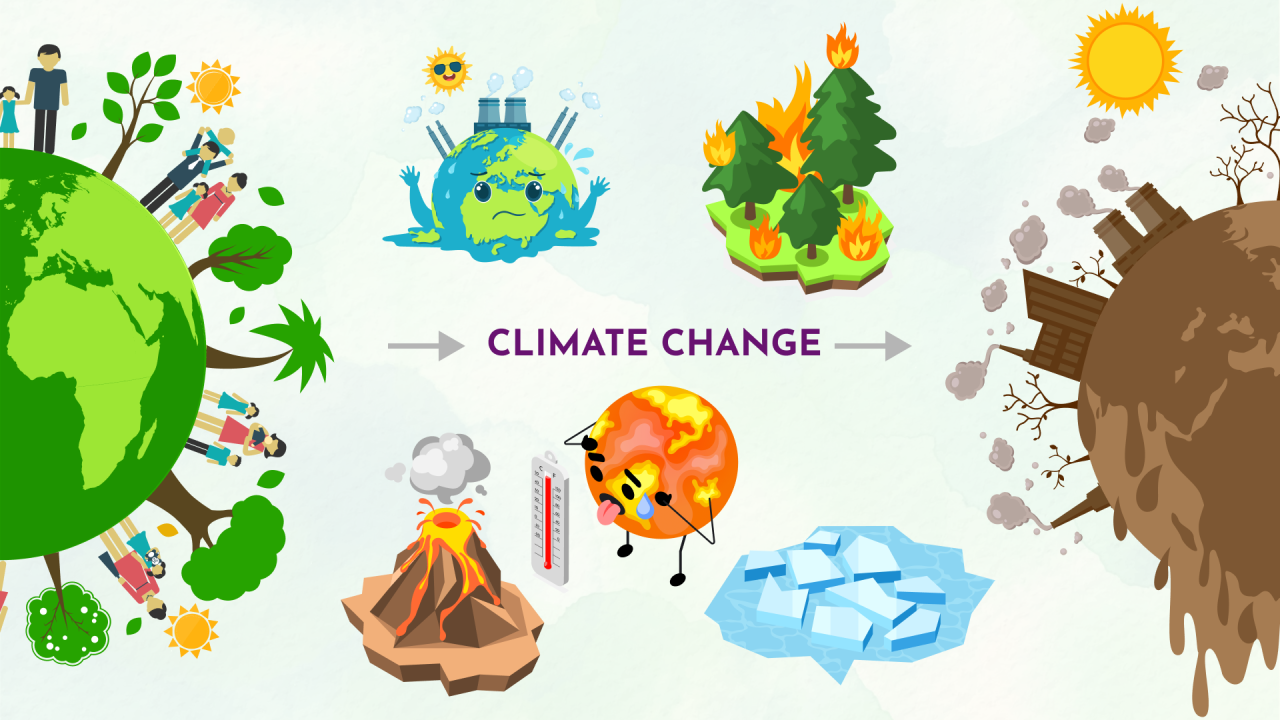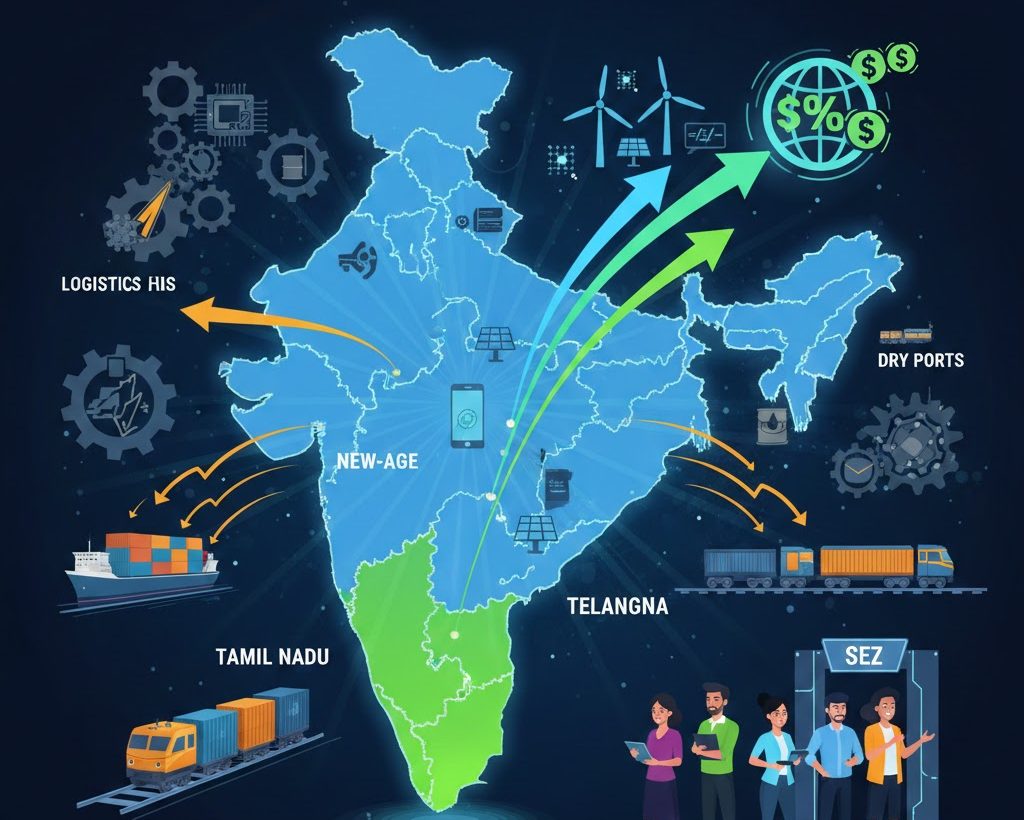Font size:
Print
Future of Sustainable Mining through Carbon Sequestration
Context:
A study by scientists from Alberta and Bern suggests sustainable mining practices are key to balancing the growing demand for metals in greener energy sources.
More on News:
- Researchers at the University of Saskatchewan have successfully used the Canadian Light Source to determine the optimal method for trapping and storing CO2 using brucite.
- A student at UAlberta’s Environmental Economic Geology Laboratory led a research paper published in the journal Environmental Science & Technology
Key Highlights:
- Brucite as a Solution: A mineral found in specific mining wastes and geologic environments can securely sequester greenhouse gases for thousands of years.
-
- According to the principal investigator at EEGL and Canada Research Chair in Biogeochemistry of Sustainable Mineral Resources over 90% of Earth’s CO2 is contained in carbonate minerals, which form structures like the Rocky Mountains.
- Importance of Carbon Sequestration: Crucial in combating climate change by converting atmospheric CO2 into stable mineral phases.
- Research Objectives: To investigate how iron content in brucite affects carbon capture efficiency.
- Iron’s Role in Carbon Capture: In normal air, iron oxidises (rusts) instead of trapping CO2.
-
- In oxygen-free environments, iron captures carbon more effectively, suggesting potential for deep underground mine waste storage facilities.
- Advanced Analytical Techniques: Collaboration with the University of Bern using the HXMA beamline at the Canadian Light Source (CLS).
-
- Advanced tools detected minerals undetectable by conventional methods and assessed carbon capture efficiency under various conditions.
- Implications for Sustainable Mining: Transformation of mining sites into safe, stable storage facilities for CO2.
-
- Provides a sustainable solution for the mining industry, transforming environmental liabilities into assets.
- Future Exploration and Application: The research lays the foundation for future mineral-based carbon sequestration strategies. Essential for mitigating climate change impacts and responsible natural resource management.
About Carbon Sequestration:
- Strategy for removing CO₂ which is the primary greenhouse gas from the atmosphere.
- Objective: To reduce atmospheric CO₂ concentration and mitigate global warming by capturing and storing carbon.
- Types of Carbon Sequestration:
-
- Biological Sequestration: Utilises plants and soil to absorb CO₂ through photosynthesis. Forests, grasslands, and wetlands act as carbon sinks.
- Afforestation: Planting new forests.
- Reforestation: Restoring degraded forests.
- Improved land management: Enhancing biological sequestration.
- Biological Sequestration: Utilises plants and soil to absorb CO₂ through photosynthesis. Forests, grasslands, and wetlands act as carbon sinks.
-
- Geological Sequestration: It captures CO₂ from industrial sources like power plants. Stores CO₂ underground in geological formations (e.g., saline aquifers, depleted oil and gas reservoirs).
-
-
- Involves injecting CO₂ under high pressure, turning it into a liquid, and trapping it for long periods.
-
Significance:
- Combating Climate Change: Helps slow global warming and its impacts (e.g., rising sea levels, extreme weather, ecosystem disruptions).
- Meeting Climate Goals: Essential for limiting global warming to 1.5°C or 2°C, as per the Paris Agreement.
- Sequestration compensates for historical emissions and aids in faster climate stabilisation.
Challenges and Considerations:
- Scalability: Difficulty in scaling up both biological and geological methods to significantly impact atmospheric CO₂ levels.
- Cost and Infrastructure: High upfront investment is required for geological sequestration infrastructure. Need for secure, long-term CO₂ storage underground to prevent leakage.
- Sustainability: The need for sustainable management of large-scale biological sequestration projects is crucial to prevent negative consequences like deforestation for monoculture plantations.
Future of Carbon Sequestration: Research focuses on CO₂ capture technologies, geological storage methods, and sustainable biosequestration practices to enhance efficiency, cost-effectiveness, biodiversity protection, and ecosystem protection.


